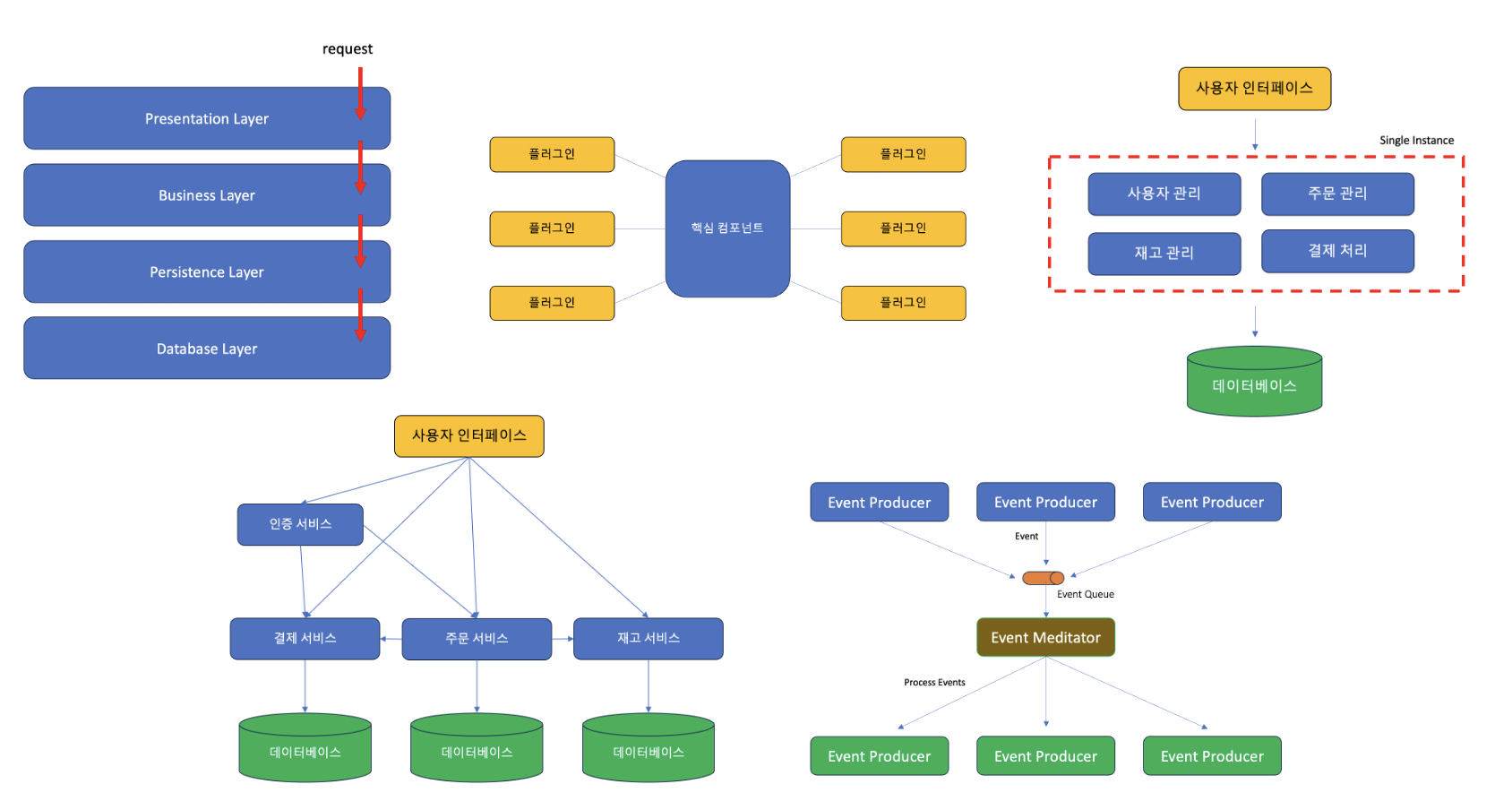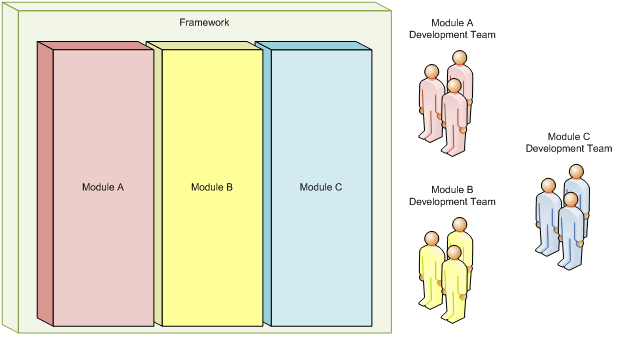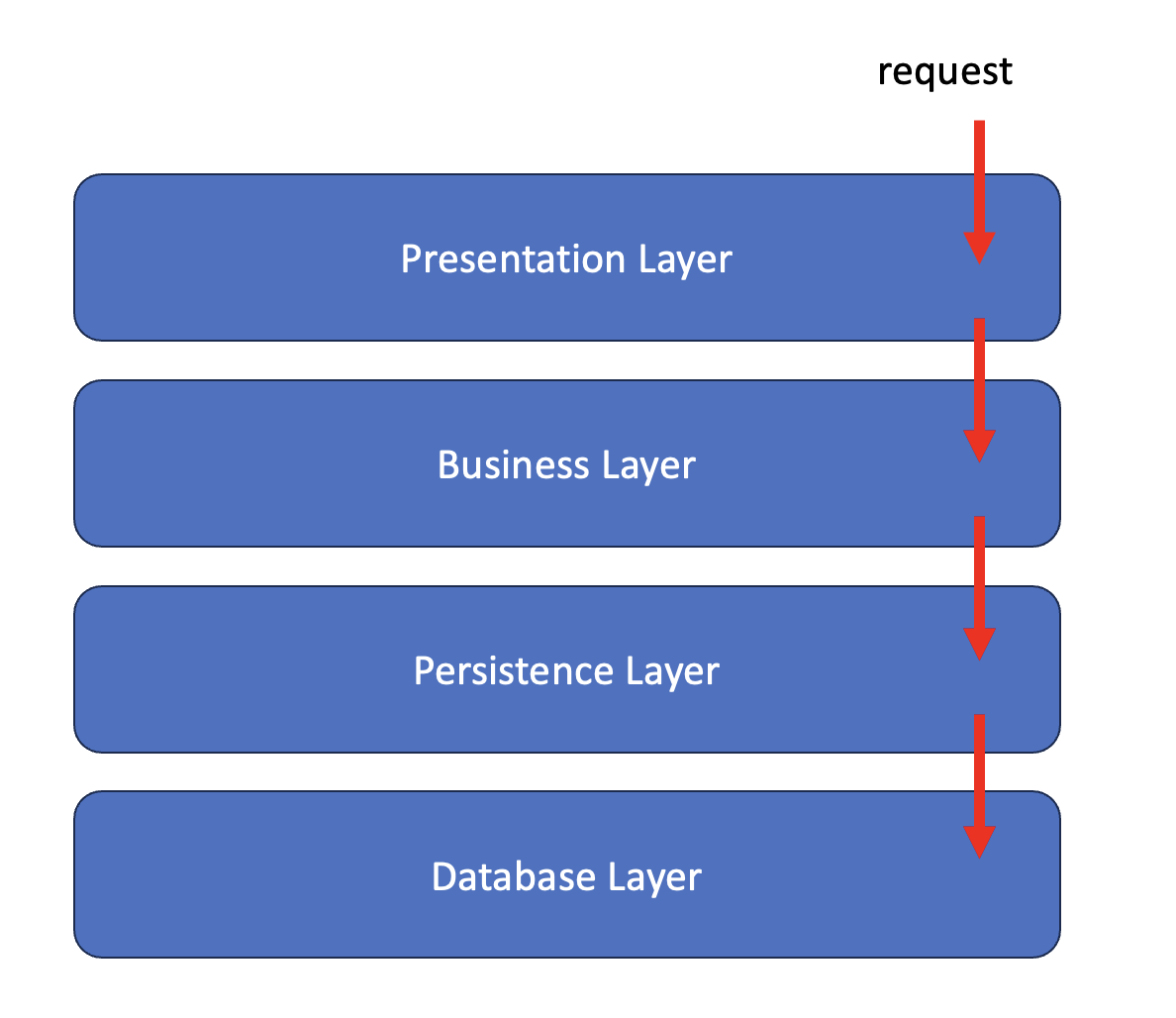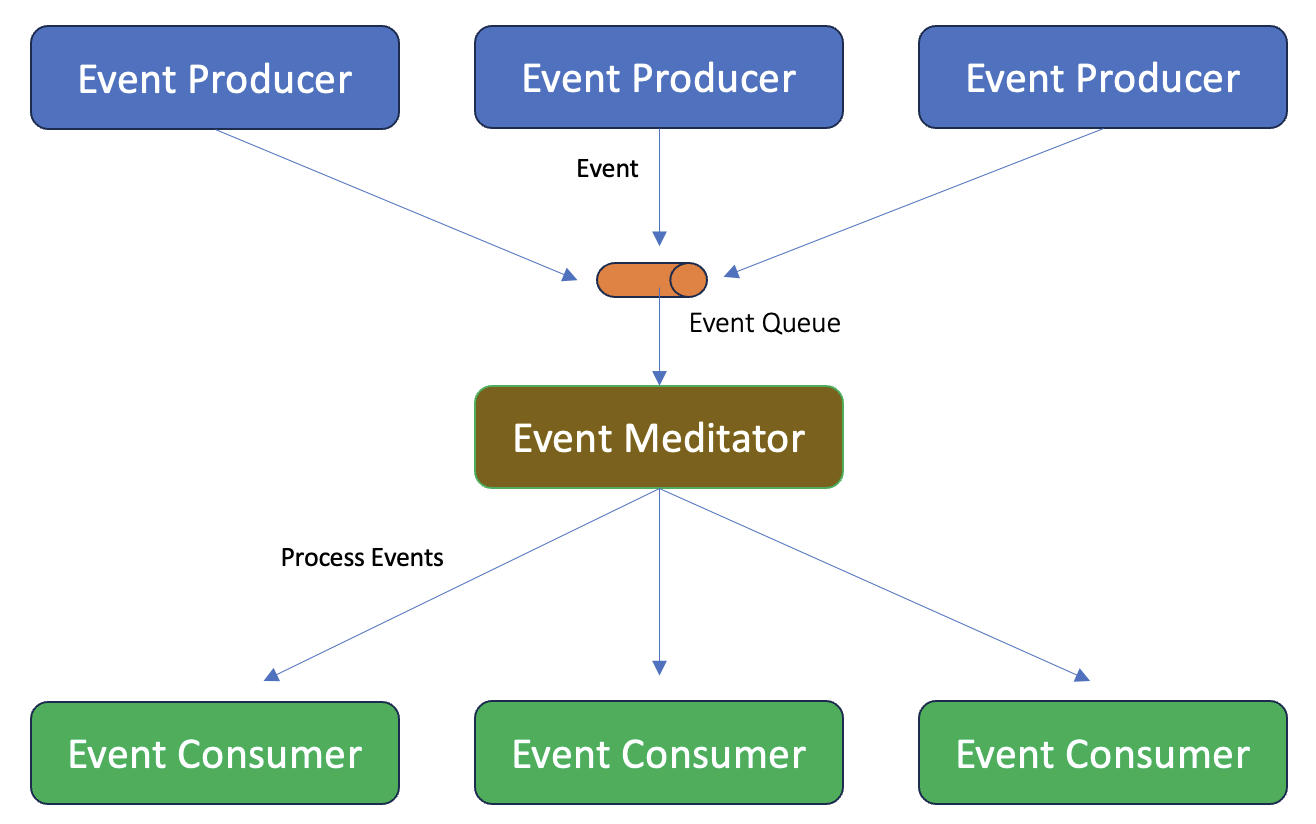What is Software Architecture?
1. Definition of Software Architecture
Software architecture is the process of designing the fundamental structure of a system. It serves as a blueprint that defines the components of the system and their relationships. Architecture has a direct impact on key attributes such as performance, reliability, and security, and serves as a crucial decision-making tool during the development process.

2. Difference Between Architecture and Design
Although software architecture and design may seem similar, they represent different concepts. Architecture focuses on defining the overall structure of a system and the relationships between its components, while design emphasizes the implementation of individual components. In other words, architecture provides the big picture, and design is the process of realizing that picture.
Key Principles of Software Architecture
1. Separation of Concerns and Modularity
Separation of concerns is a principle that divides a system into parts, each focusing on a specific responsibility. For instance, separating UI logic from business logic is a common example. Modularity is one way to implement this principle, where the system is broken into independent modules, each handling a specific function.

Modularity enables easier maintenance and scalability, with an emphasis on achieving loose coupling between modules and high cohesion within modules.
2. Abstraction and Encapsulation
Abstraction is a principle that hides complex details and only exposes essential functionality. This allows developers to focus on the key features of a system without needing to understand every intricate detail. Encapsulation protects the state of an object from external interference, enabling interaction with the object only through exposed methods.
Key Software Architecture Patterns
1. Layered Architecture
Layered architecture divides a software system into layers, with each layer responsible for a specific role. Typically, it is divided into presentation, business logic, and data access layers, where each layer depends only on the one below it, and there is no dependency on the layers above.

2. Microservices Architecture
Microservices architecture divides a system into multiple independent services, each deployed and managed separately. Each service may use its own database and technology stack, allowing for independent deployment, which provides high scalability for large systems.

3. Event-Driven Architecture
Event-driven architecture structures a system based on interactions that occur through events. When an event happens, the module consuming the event processes it, maintaining loose coupling between systems.

How to Apply Software Architecture
1. Deciding Architecture at the Start of a Project
When starting a project, it’s crucial to analyze requirements and define the problems the system must solve, then choose an appropriate architecture based on key quality attributes (e.g., performance, security, scalability). This ensures long-term maintainability and scalability.
2. Documenting Software Architecture
Documenting software architecture plays a vital role in fostering team understanding and maintaining consistency throughout the project. Using architecture diagrams and data flowcharts can visually express the overall structure of the system.
Conclusion
Software architecture is more than just defining a system’s structure; it is a critical tool for enhancing a developer’s skills, ensuring system stability, and increasing long-term maintainability. Understanding software architecture is the first step toward becoming a better developer. Why not start studying various architecture patterns today and try applying them to your projects?
